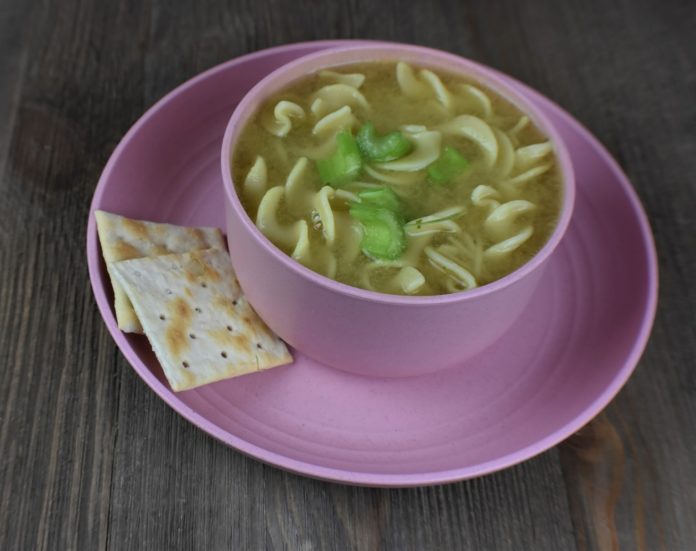When it comes to being ill, there is one dish that seems to cure all: chicken soup. Sure, it may be the stuff of folklore, but there is something about the clear broth filled with veggies, poultry, and noodles that makes us feel better.
A good chicken soup doesn’t need to be a hard thing to achieve, but it so often is. One of the things that can go awry is that your vegetables can end up too soft. No one is here for mushy carrots, thank you very much.
Another faux pas is having dry chicken in an otherwise liquid dish. While a balance of textures is usually the desired result when it comes to cooking, it doesn’t really work here.
So how do you avoid having strips of dry chicken in your soup?
Size Matters
Different parts of the chicken take different amounts of time and temperature to cook properly which is why the legs will often be tender but the breasts dry after roasting. One way to prevent this is by roasting a bird that is on the smaller side so that it cooks more quickly and evenly.
Brine, Baby, Brine
A salt-water brine works like a charm when it comes to tenderizing poultry. Simply dissolve salt in water and submerge the bird for several hours. Alternatively, make a dry brine by rubbing a mixture of salt, sugar, spices, and herbs over the dry chicken and putting it back into the refrigerator for a few hours.
Carve Culture
One way to ensure that your pieces don’t dry out is to carve up the chicken before it’s completely cooked through. Remove the whole bird from the soup pot once the breasts reach 155° F and separate it into portions. Return the legs and wings to the pot, but set the breasts aside. When all the pieces have been cooked, shred the chicken and put it all in the soup.






